A diagram of how the Sun moves through the sky on the winter solstice.
Click on image for full size
The Winter Solstice
The winter solstice, which occurs around December 21, is the shortest
day of the year! The Sun doesn't get very high in the sky for people
living in places north of the equator like the United States, Europe,
and China. The Sun is above the
horizon for
less than 12 hours on that day.
The diagram to the left shows how the Sun may appear to move through
your sky on the winter solstice, if you live at a latitude of 40° N, around Topeka, Kansas for instance.
The Sun has been getting lower and lower in the sky since the autumnal equinox around September 21. As the Sun
gets lower, and as the days get shorter, the northern part of the
Earth starts to cool off as winter approaches.
The Sun is very low in the sky! Compare this picture to what you
would see in the summer or on an equinox.
You might also be interested in:

BLOW, blow, thou winter wind, Thou art not so unkind As man's ingratitude; Thy tooth is not so keen, Because thou art not seen, Although thy breath be rude. Heigh ho! sing, heigh ho! unto the green holly.
...more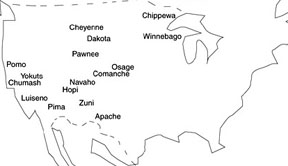
People have been living in North America for a long, long time. The first people to live there were the Native Americans. They didn't have clocks or calendars so they watched tides, the Sun, the Moon,
...more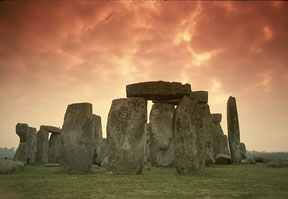
Man has always observed the sky. By watching the Sun and Moon, early man could tell what season was coming next. They had to know this to be able to farm and hunt. Archeoastronomy started in the 1960's
...more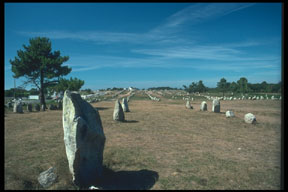
The stones of Carnac, France, are very famous because there are a lot of them and because they are so old! The oldest stones found in Carnac are from about 4,500 B.C. That's older than the stones at Stonehenge!
...more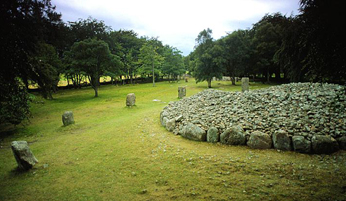
You may have heard of the lake called Loch Ness, where people think they've seen the Loch Ness monster. Near Loch Ness there are three giant stone tombs you may not have heard of...they are called the
...more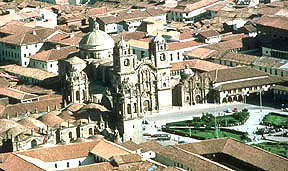
Cuzco is a city in Peru. It was the capital of the ancient Inca Empire. In ancient times, Cuzco was the center of the Inca road network which was made up of about 40,000 kilometers (25,000 miles) of roads
...more
The stone rings and tombs of England and France are very famous. But, there are also stone structures in Italy. There are some neat stones in Fossa, Italy. They are standing stones. These stones form circles
...more















